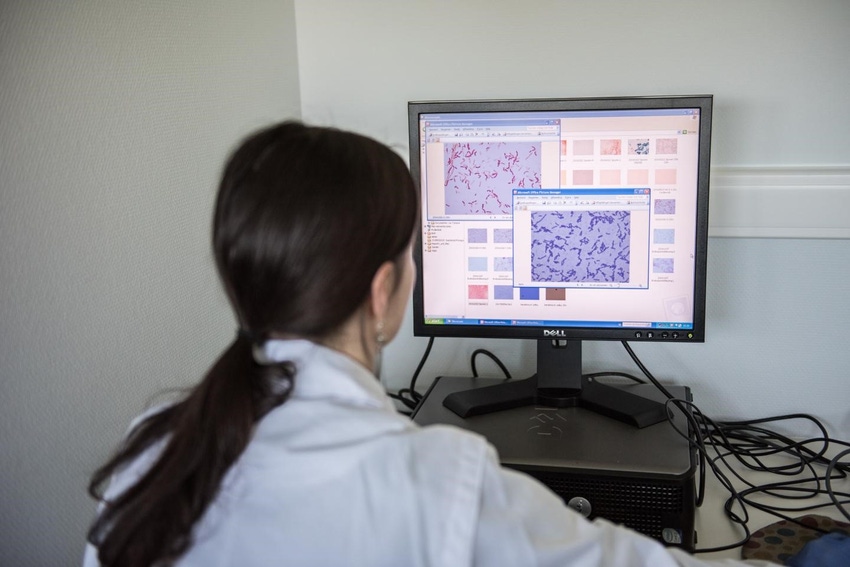Lactobacillus probiotics to get new names
Scientists announce new names for some of most popular probiotic bacteria.
April 16, 2020

"Probiotic" is a broad term that refers to a range of different microorganisms that confer health benefits. A complete probiotic name includes the Latin name for genus and species, in addition to the strain: for example, Lactobacillus rhamnosus GG.
A global group of scientists, led by Giovanna Felis of Italy, Michael Ganzle of Canada and Sarah Lebeer of Belgium, recently published a paper announcing name changes for some of the bacteria that were historically grouped under the category of Lactobacillus, according to an announcement from the International Scientific Association for Probiotics & Prebiotics (ISAPP).
Members of the Lactobacillus genus are among the most popular bacteria found in probiotic products and fermented foods, ISAPP said. They also are found extensively in direct-fed microbial products in animal feed as well as silage inoculants.
ISAPP said the impetus for the name changes comes from new scientific tools developed over the past few decades that enable scientists to look at bacterial genes. Now that scientists are able to sequence the genes of bacteria, they have information about which ones are closely genetically related, and they are changing the bacterial names to better reflect these relationships.
Thus, the wide variety of bacteria that were previously grouped under Lactobacillus have been separated into 25 different genera, ISAPP said.
"This task had been on the agenda of scientists for a while. We are pleased that we managed to unite different international teams working on comparative genomics of Lactobacillus with taxonomy experts, collaborating for the best interest of the whole field," Lebeer said.
"I admit it's a bit painful to see the names of my favorite bacteria change (including Lacticaseibacillus rhamnosus GG for LGG). Yet, I look forward to the new insights provided by this comprehensive analysis of taxonomy, evolutionary history, physiology and ecology of lactobacilli. The most closely related bacteria sharing most properties now have the same genus name, while lactobacilli that are more distantly related can be more clearly discriminated from each other," Lebeer added.
The new paper was published in the International Journal of Systematic & Evolutionary Biology.
The authors have created a website where the previous names and the new names of the bacteria can be searched.
ISAPP said because only the genus names are affected (and many new genus names were deliberately chosen to begin with the letter "L"), most products should remain easy to recognize.
The paper proposes splitting the existing genus Lactobacillus into Lactobacillus and Paralactobacillus as well as 23 new genera with the following names: Holzapfelia, Amylolactobacillus, Bombilactobacillus, Companilactobacillus, Lapidilactobacillus, Agrilactobacillus, Schleiferilactobacillus, Loigolactobacilus, Lacticaseibacillus, Latilactobacillus, Dellaglioa, Liquorilactobacillus, Ligilactobacillus, Lactiplantibacillus, Furfurilactobacillus, Paucilactobacillus, Limosilactobacillus, Fructilactobacillus, Acetilactobacillus, Apilactobacillus, Levilactobacillus, Secundilactobacillus and Lentilactobacillus.
You May Also Like



